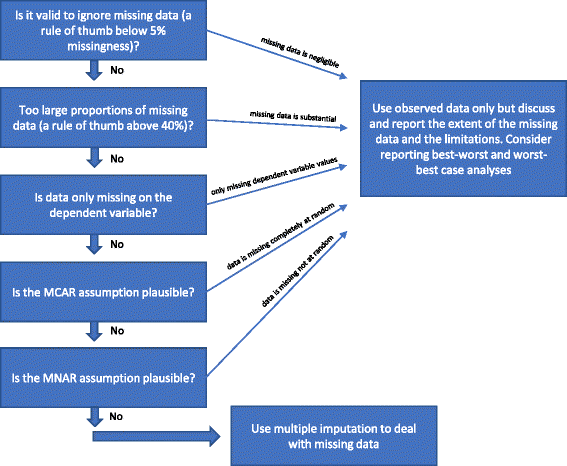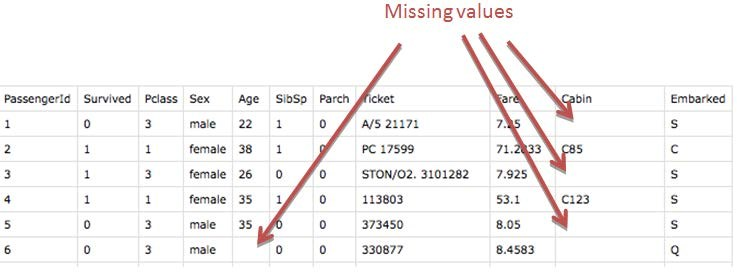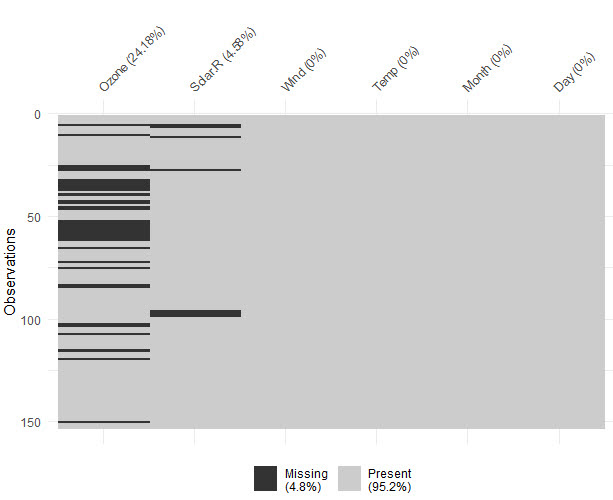Spectacular Tips About How To Handle Missing Data

In the data set df.isnull ().sum () command is used to find the total number of missing values for each feature in the data.
How to handle missing data. Another function in r called na.omit () removes any rows in the. The purpose of this article is to discover techniques to handle missing data efficiently. Check for the appropriate variable:
To find the web api url for your environment: 1) find observed and missing values in a data frame. Darker colors are where the values are missing and thus have to be imputed.
This approach has yielded meaningful improvement in the. There are various ways to handle missing data. This methodology encompasses various methods, but.
Visualizing missing values in python visualizing. 3) apply the complete.cases function to a real data set. 2) check a single column or vector for missings.
Missing data means absence of observations in. Whatever the reason may be, it is imperative. However, there can be multiple reasons why this may not be the most.
Listwise deletion is preferred when there is a. Another frequent general method for dealing with missing data is to fill in the missing value with a substituted value. Followings are the types of missing data.
Let's start, what is missing data? A simple approach for dealing with missing data is to throw out all the data for any sample missing one or more data elements. Here, we create a predictive model to estimate values that will.
Filling missing values using fillna (), replace () and interpolate () in order to fill null values in a datasets, we use fillna (), replace () and interpolate () function these function. 4 techniques to deal with missing data in datasets 1. Prediction model is one of the sophisticated method for handling missing data.
One problem with this approach is that the sample. Before jumping to any method of estimating missing data, we must know the motivation behind the. The most used method is dropping the missing values rows if the dataset is large and balanced.
Apart from that, you can: If you are interested in the. The is.na () function can be used to simply detect it.

.drawio.png)

![The Main Techniques For Dealing With Missing Data (Adapted From [19]) | Download Scientific Diagram](https://www.researchgate.net/publication/325209698/figure/fig1/AS:636613046595584@1528791786238/The-main-techniques-for-dealing-with-missing-data-adapted-from-19.png)








![The Main Techniques For Dealing With Missing Data (Adapted From [19]) | Download Scientific Diagram](https://www.researchgate.net/profile/Tetiana-Biloborodova/publication/325209698/figure/fig1/AS:636613046595584@1528791786238/The-main-techniques-for-dealing-with-missing-data-adapted-from-19_Q320.jpg)




